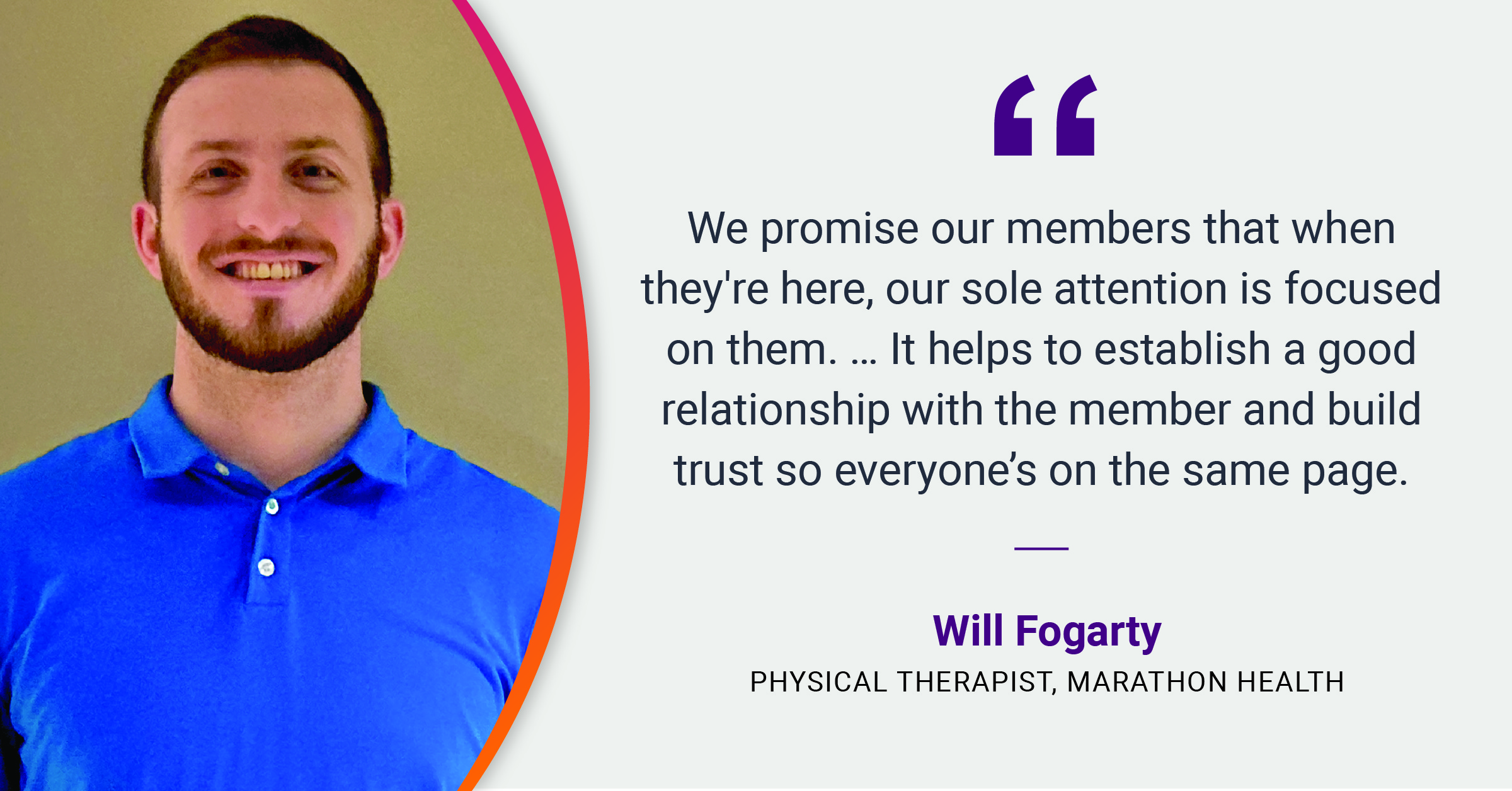Self-funding for healthcare benefits comes with risks and benefits. While your organization gains program control, flexibility in plan design, and more predictability in costs, you’re at greater risk for high cost claims, specifically from cancers and musculoskeletal conditions. If you’re wondering how to manage this issue, you’re not alone. A recent Mercer survey revealed that “managing high cost claimants is the top benefits strategy U.S. employers will be focusing on for the next five years.”
What’s at the top of the high cost claims list? Cancer and musculoskeletal disorders. Costs related to musculoskeletal disorders skyrocketed by 131 percent from 1996 to 2014, and total spending on cancer treatment is expected to increase 27 to 39 percent in the current decade. At Marathon Health, we find on average 24 percent of our customers’ medical claim costs are attributed to those two conditions, making them the two largest cost drivers. In order to address these trends, employers must get ahead of the curve before these health conditions escalate.
The research is clear, but here’s the good news: your organization can prevent and reduce high cost health risks.
The Opportunity
As high cost claims continue to rise and grow greater than the rate of inflation, there are actionable steps organizations can take to reduce this risk. Cancer and musculoskeletal disorders are the two most expensive conditions, but you may be surprised to learn that up to 75 percent of U.S. cancer deaths are preventable through lifestyle modification. In fact, obesity, lack of exercise, tobacco use, and poor diet are critical, but modifiable, risk factors that contribute to cancer and musculoskeletal issues. This is your opportunity.
How to Address High Cost Claims
Worksite healthcare provides high quality, convenient care directly at or near the worksite. In an effort to improve health and reduce healthcare costs, one third of U.S. employers with 5,000 or more employees have introduced this health benefit to their workforce. Providing individualized clinical care, health coaching, and health programming at the worksite helps employees identify health risks and supports overall health improvement.
At Marathon Health, we pair high quality worksite clinical care with health analytics to identify and treat high-risk employee populations. This approach allows us to target these patients to ensure they receive the care they need, and when they need it most. 58 percent of Marathon Health patients are currently engaged with their worksite health center and improving their health leading to a 24 percent reduction in healthcare spending.
High cost claims from cancer and musculoskeletal disorders will continue, but identifying risk factors early on, and encouraging employees to make lifestyle changes supported by individual, peer, and group programs will be the best way for employers to improve workforce health without breaking the bank.
You might also like
Subscribe to our newsletter and stay on the cutting edge of worksite healthcare.










